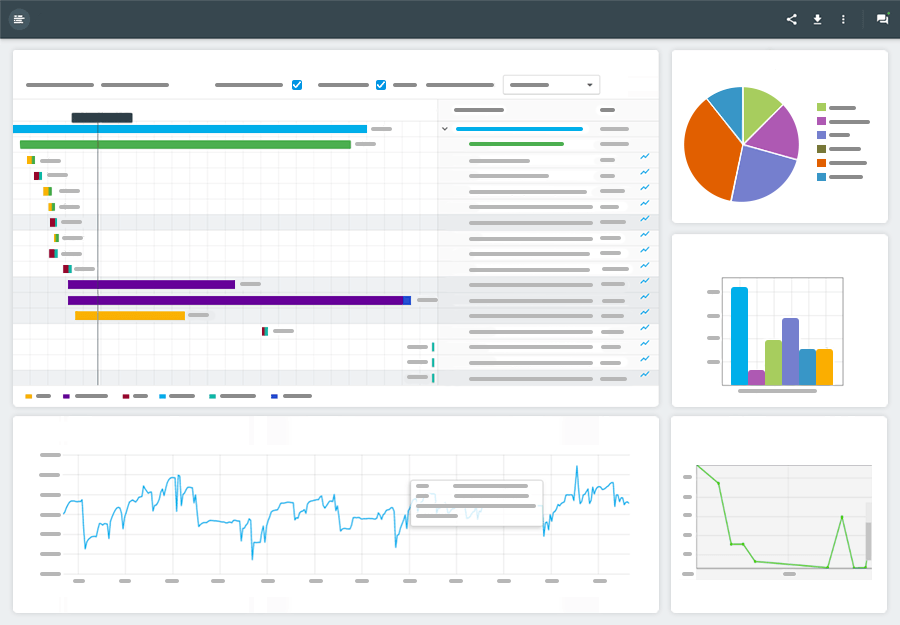
If your website isn’t mobile-friendly, then it won’t show up in search engine results. What does mobile-friendly mean? A mobile-friendly website is one that shrinks down to accommodate the various mobile devices on the market. It’s like a mini version of your website.
Having a non-responsive website can lead to poor user experience. That means your users will end up pinching, scrolling, and zooming. With a mobile-friendly website, your site is viewable across all devices.
Maybe you’ve come across those websites that aren’t responsive, then you understand how frustrating that experience can be. You have a hard time reading the website and so you decide to click out. This is what visitors will end up doing if your website isn’t mobile-friendly. You want to ensure that’s responsive across all devices, including smartphones and tablets.
There are more mobile users than ever. According to a 2015 survey, mobile users have surpassed desktop users. It doesn’t look like this trend will be slowing down anytime soon. That also means more of your own visitors will be accessing your website from their mobile devices.
If you don’t have a mobile-friendly website, then you can lose out on potential sales. Slow page-loading speeds and a lack of responsive design leads to poor user experience. It’s likely they will leave your website and will never return. But there are some ways to tell if your website is mobile-friendly. One important way is to check your website speed with a global performance online tool.
4 Components of a Mobile-Friendly Website
1. Mobile First Web Design
Mobile first web design occurs when you build a mobile website. This becomes your default website rather than the desktop website. A few examples of companies that have mobile-first web design layouts are Foursquare and Uber. The moment that you go to their website, you’ll notice it’s targeted toward mobile users. The mobile responsive website becomes the primary website instead of the desktop site, which is considered a landing page.
2. Responsive Design
A mobile-friendly website is one with a responsive design. It consists of elements, HTML, javascript, and style sheets. No matter the size of the screen you’re using, it should flow with the right graphics, images, navigation, and text. A mobile-friendly website is not one that’s browser or device-specific. It works across all mobile devices.
You can tell the difference between a mobile-responsive website and a desktop site by viewing a website on your desktop compared to your laptop. Notice how much it shrinks or expands on your browser window. There were only two columns before, and now there’s one. You may have also noticed that the graphics and images have shrunk to adjust to the device. There are many great examples of mobile-friendly websites.
3. Adaptive Design
Adaptive design is another component of a mobile-friendly website. An adaptive design is one that provides the best-sized website for the device that’s used. The one thing that sets an adaptive design apart is that it has a wide variety of layout sizes based on the screen size rather than shrinking down to accommodate the screen.
4. Separate Mobile Site or Mobile App
Since desktop websites can’t be converted into a mobile-responsive site, you must build a separate website that can be hosted on a subdomain. For example, your non-mobile site is “http://mydesktopsite.com” whereas your mobile website is “http://m.mymobilesite.com.” A mobile site has its own HTML code and doesn’t look like the desktop site.
Several e-commerce stores have both a mobile app and a mobile website to improve user experience. The user has to download the mobile app in order for use on their mobile device. Depending on your business, you may want to improve the mobile experience. But that’s only if your customers visit your website daily rather than once in a while.
What’s a Non-Responsive Design & How Does it Hurt Your Site’s SEO?
Not only does a slow, non-responsive site ruin the user experience, but it also can hurt your website’s SEO. Google is notorious for not favoring websites that don’t pass their mobile-friendly test. This test looks for core components that impact mobile-responsive design, such as elements, flash, and fonts. A website that’s mobile-friendly will rank higher in search engines.
If you’re using SEO as part of your marketing efforts, then you should know that a non-responsive design will cause you money. You’ll lose out on potential conversions and website traffic. Having a mobile-friendly website will make you stand out among your competition, and not lose out on potential visitors on your site.
Since mobile use is on the rise, you don’t want to miss out on conversions from customers due to non-responsive design and poor user experience. By moving to a mobile-friendly website, you’ll see an increase in sales and conversions.


